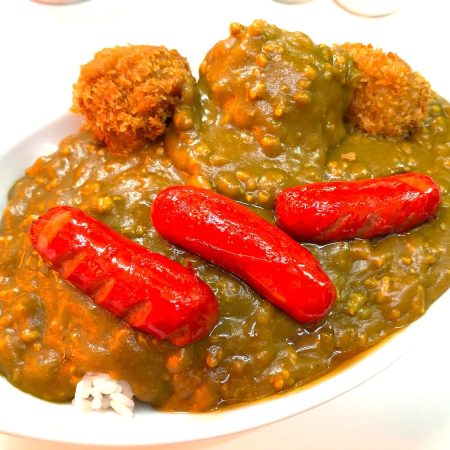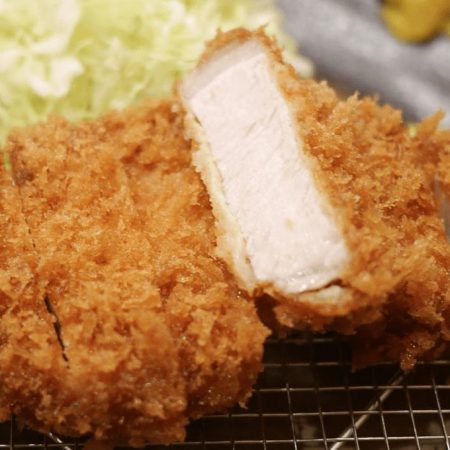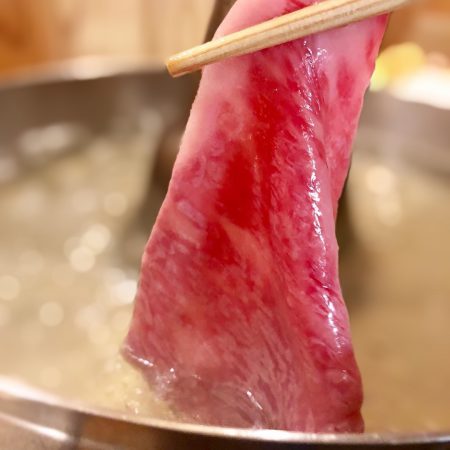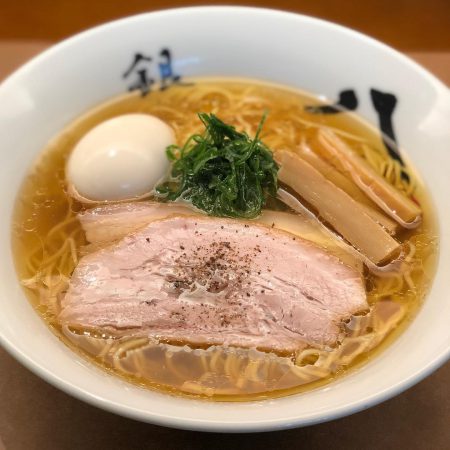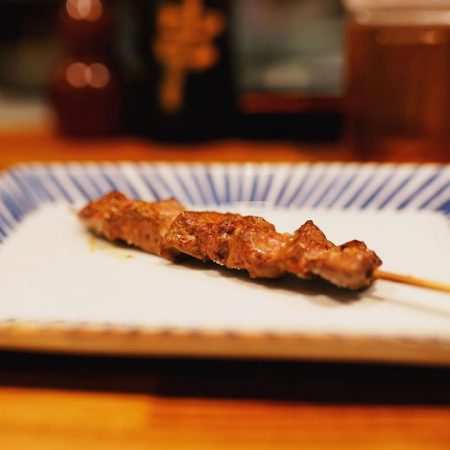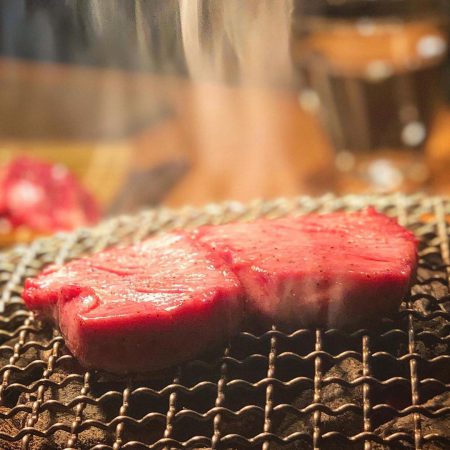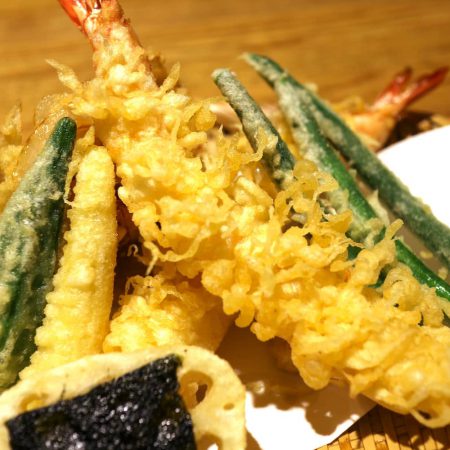Soba is a type of noodle made from buckwheat flour served in various cold and hot dishes. Many soba restaurants in Japan are family run business preserving the customs generation after generation. The most common cold soba is Zaru-soba served with a cold dipping sauce made from Shoyu (soy sauce) flavored with dried bonito. Zaru refers to bamboo colander on which the noodle is served. Kake-soba is a very basis hot noodle dish served with Shoyu base broth and also flavored with dried bonito. Kake means to pour over in Japanese. As Kake-soba is simple people generally order with toppings as shrimp tempura, duck meat or vegetables. On New Year’s Eve, Toshikoshi-soba, a symbol of longevity is eaten.
Soba
Cold or Hot Soba All Year-round
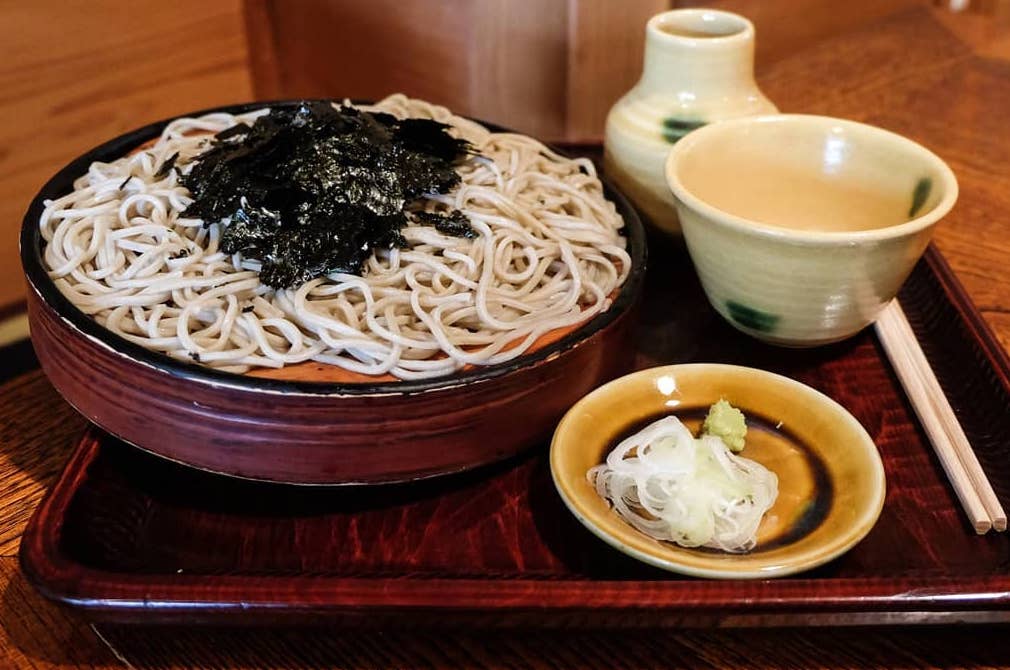
Udon
Udon is More Often Served in Soup
Restaurants specialized in soba would often have udon noodles on their menu. Udon is made from wheat, water, and salt. It is white in color and generally somewhat thicker than soba. Traditionally, udon is served in soups using a variety of broths. One can simply enjoy the most basic kake-udon with a sprinkle of spring onions in a simple broth known as kakejiru (mixture of soy sauce, mirin and dashi). This basic dish may be supplemented with toppings such as shrimp tempura, fish cakes or vegetables. Unlike soba, cold udon is, generally, only served in the summer with a dipping sauce or chilled broth.
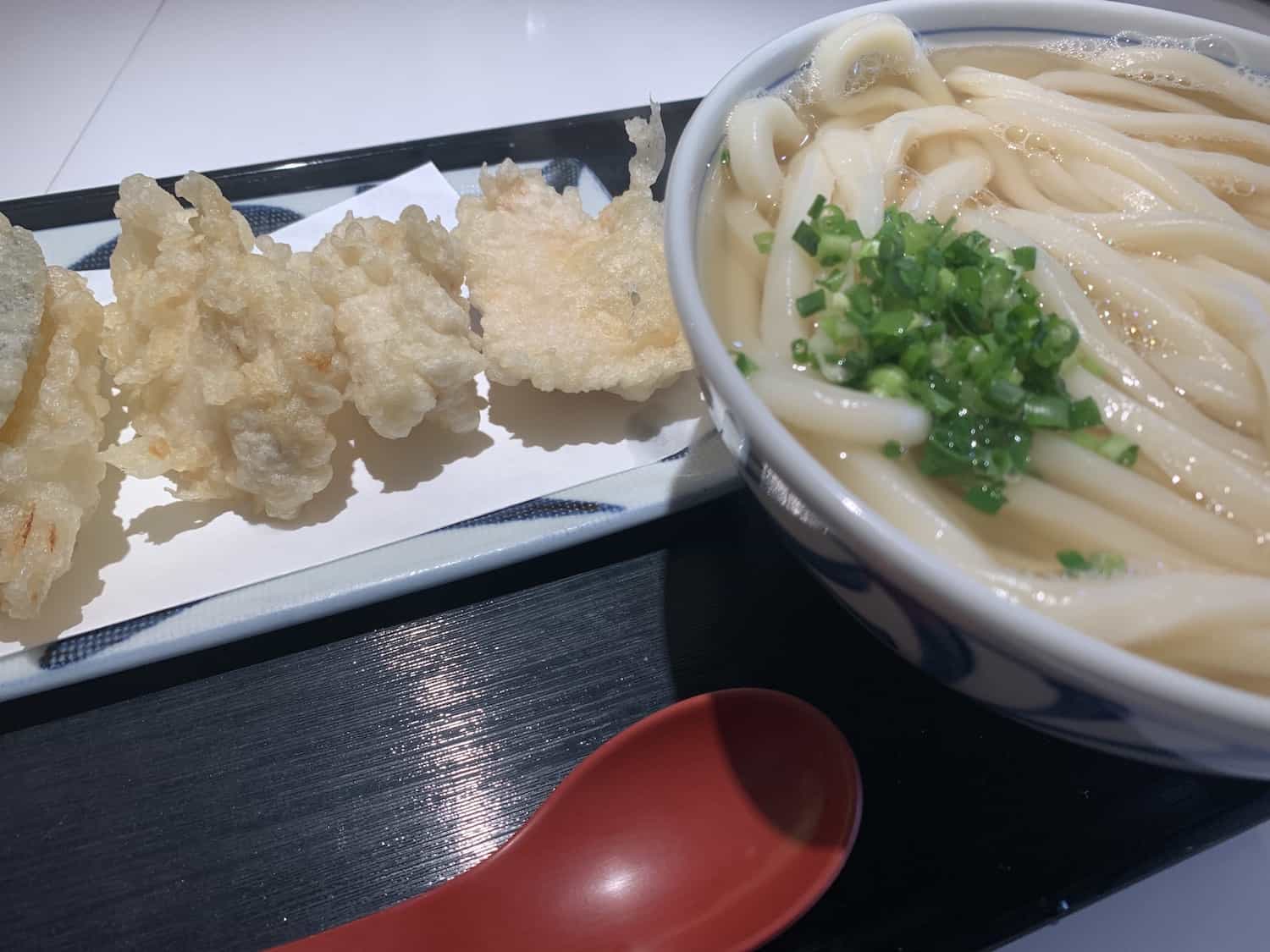
About
Japanese Fast Food
In many train stations there is a fast food called tachigui-soba; the name refers to the fact that customers “stand and eat” at a shop counter. The soba provides a quick meal between train rides. Normally, one buys a meal ticket from a vending machine, hands it to the staff, and your order is ready within a few minutes. Udon noodles are also available at many tachigui-soba stands. Just like ramen, it is acceptable to slurp soba or udon for the purpose of enjoying the flavor of the soup and noodles.


